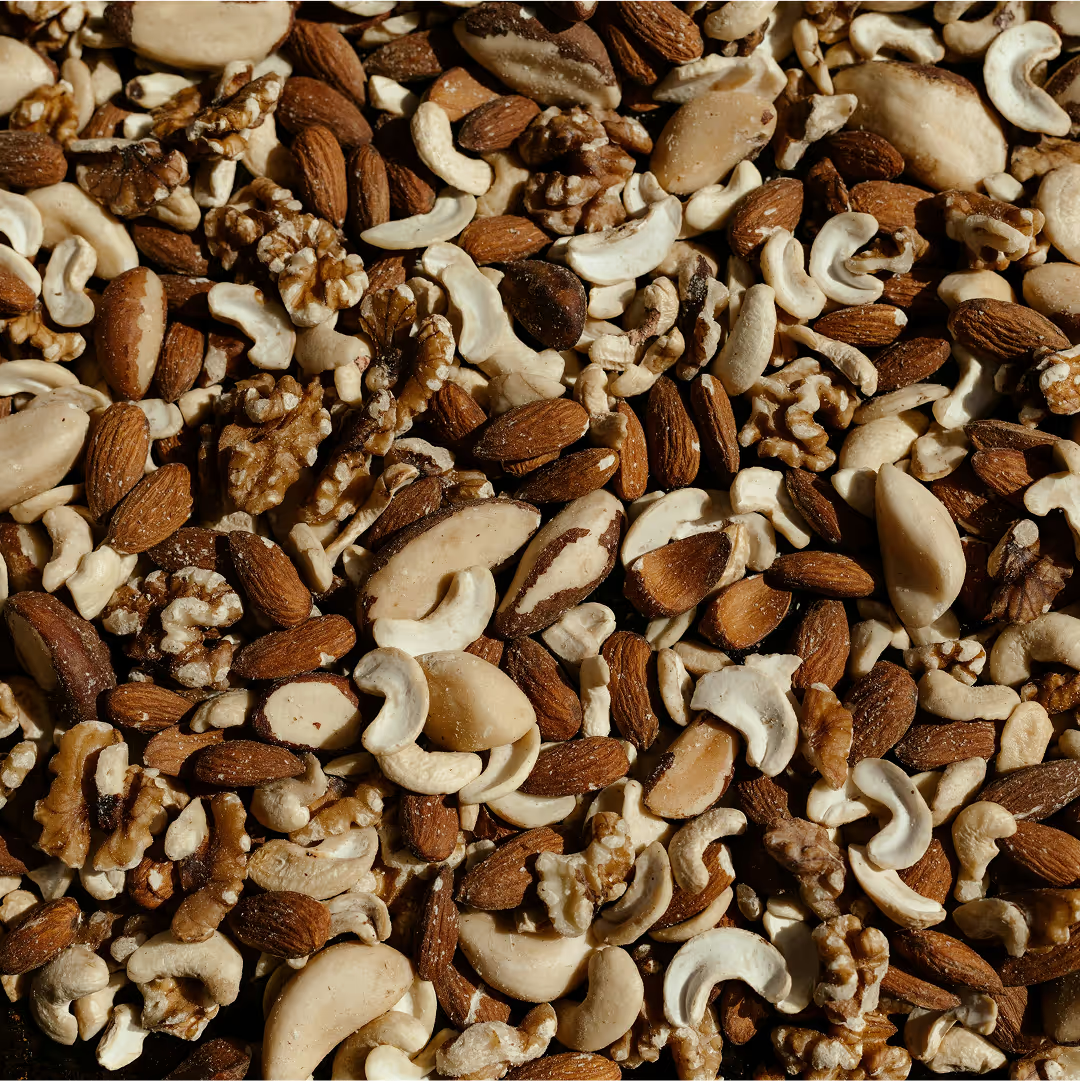There’s an endless treasure trove of active hobbies to explore, along with the benefits they offer. Yet, are some more beneficial than others? Let’s take a look at a few popular activities and their health benefits in the hopes of determining the best one.
1. Running
What, people run for fun? I know, it surprised me as well. The world of marathon running and 5Ks has grown from a small crew of former high school track stars to the everyday man and woman. There are countless benefits to running, such as improving cardiovascular health, building muscle strength, reducing stress, and increasing bone density, to name a few.
Running can be done solo, on a team, with a friend, or with a group of them. It probably requires the lowest maintenance on this list if we’re going by that. You can get fancy with expensive shoes, sweatbands, vests, and compression gear, but if you’re just getting started, you really only need the right shoes and a water bottle. Running can also bed one on a treadmill or the open road, and there are multiple tracks possible to get your run on.
2. Pickleball
This activity has recently swept the nation, with both girls and boys hitting (see what I did there?) stores and online shops for the perfect gear. Pickleball is fun and a great alternative to tennis, which can be a bit pricier as far as gear goes. It’s also great because it’s less impactful on your joints, which is perfect for older adults who might be suffering joint pain. This sport improves balance and coordination while improving heart health.
The main equipment needed for pickleball is a paddle. There are many pickleball courts nationwide, with new ones continuing to pop up. Courts can be indoor or out, allowing you to play no matter the weather. This sport is also fun because it revolves around community, requiring at least 2 players.
3. Hiking
This activity is a bit higher maintenance than running, but lower than most. Hiking elevates heart rate when going uphill and drops it when going down, having a similar effect to high-intensity interval training (HIIT) workouts. It also builds muscle strength and endurance, like the other activities on this list.
Hiking has a lot of room for variety, with multiple trails and levels available. While the most popular trails are in national parks such as Zion and Yosemite, there are many around the country with various levels of difficulty.
4. Rock climbing
Rock climbing is probably the most intense activity on this list, and if you’re scared of heights, well, this might not be for you. It requires a great deal of upper body strength, yet uses other muscle groups to pull your body up and maintain stability. Rock climbing also burns a lot of calories, due to the energy and muscle exertion required over a long period of time.
This activity can be done indoors or out, but if you’re just beginning, you might want to start indoors. Indoor climbing offers a variety of walls (bouldering, rope climbing, speed climbing, etc.)that pull from types of walls in outdoor climbing. Rock climbing also provides a great sense of community, especially since you need at least two people for rope climbing walls and general safety.
All these hobbies have something fun to offer in terms of community and fitness, but which one has the most health benefits? Looking from the standpoint of calories burned, rock climbing and running burn the most in the shortest amount of time (30 minutes), yet pickleball and hiking are also great for endurance and balance. All hobbies are a great choice; however, you might choose one over another depending on your activity level, or mobility.





